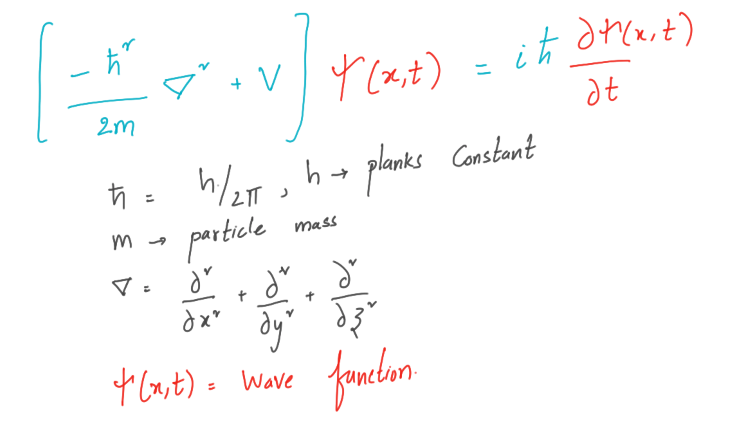China has mined a piece of the far side of the Moon. Details of the ambitious project “Chang'e-6”
Over the past few years, China has achieved a lot in the study of near-Earth space. For example, China has managed to develop and launch several space missions, thanks to which scientists have obtained samples of regolith from the far side of the Moon. Everything was successful – and this speaks to the high level of not only technology, but also the training of engineers and scientists.

How the Chang'e-6 mission began
Chang'e-6 is the second after Chang'e-4 mission to the far side of the moon. In January 2019, a Chinese spacecraft delivered a lunar rover to the far side of the moon, which is still in operation. No other country has done anything like this.
On May 3, 2024, the Chang'e-6 mission set off for the Moon. It was not one craft, but six at once. Each of them was specialized. Four systems were supposed to take care of delivering soil from the far side of the Moon to Earth:
An orbital module designed to perform maneuvers from the Earth to the Moon and back.
Lunar descent module with soil extraction systems. Its second task is to deliver the ascent module to the Moon and ensure the takeoff of this module.
The ascent vehicle that would deliver the collected samples to low lunar orbit. It was supposed to dock with the orbiter.
The landing vehicle that delivered lunar soil to Earth. Located inside the orbiter.
The descent module is equipped with several complex scientific instruments:
Italian Laser Corner Reflector — makes it possible to determine the exact location of any device with a laser rangefinder above the surface of the Moon.
French device DORN — is an alpha particle detector. It recorded radiation generated in the near-surface lunar space. Scientists want to understand how the Moon emits radon, which decays to form alpha particles.
Swedish NILS device — was created to study charged particles in the lunar layer.

Of these three devices, only the Italian corner reflector became a “long-liver”. Both other devices had already completed their task, studied everything that was available, and stopped working.
The other two devices were the Pakistani small satellite ICUBE-Q and the Chinese small lunar rover Yidong Xiangji. In orbit, the Queqiao-2 relay was waiting for this motley company. It was launched into a highly elliptical orbit around the Moon in advance.
How did you choose the landing site?

The Chinese have decided to study a region of the Moon that is of great interest to science – the Apollo crater, 500 km in diameter. It is located inside the South Pole-Aitken basin. The name was given in honor of the American Apollo space program and approved by the International Astronomical Union in 1970.
The crater was formed at the site of a collision between the Moon and a large space object. The planetary-scale catastrophe occurred many billions of years ago, and now scientists want to study the details and consequences of this event. The age of the lava flows here is from 2.49 to 3.51 billion years.

Some scientists believe that the lunar crust was pierced in the region, resulting in hot rocks spilling onto the surface. But the generally accepted version is still a collision with a large space object: because of this, the Moon's crust melted, there was no piercing and release of mantle material. As for the samples, they were collected both on the surface and at a shallow depth.
Whatever the case, the rocks in this region are unique. Their study can shed light on the history of the Moon's origin, its evolution, and the formation of the entire Solar System as a whole.
What's the bottom line?

At the end of June, the soil samples were delivered to Earth. The capsule first descended by parachute for several minutes and then landed in the steppes of Inner Mongolia, exactly where it was planned.
The probe managed to collect 1,935.3 g of soil samples from the far side of the Moon. Incidentally, the device's chamber could not have held more – the initial calculation was for exactly 2 kg of regolith. Preliminary analysis showed that the samples were more viscous compared to the previous ones, there are lumps in them.
Scientists believe that the rocks delivered are a billion years older than those previously studied. China went down in history as a country that managed to land its modules on the invisible side of the Earth's satellite twice.
It is not yet known when scientists will begin studying the Moon's rocks and provide the information they obtain to other countries. However, new Chinese lunar missions are already being prepared. Thus, Chang'e-7scheduled for 2026, is aimed at a large-scale study of the South Pole of the Moon. The new device will attempt to land on the illuminated edge of the Shackleton Crater. The goal of Chinese scientists, in addition to collecting regolith and studying the Moon, is to deliver their astronauts to the surface of our planet's natural satellite by 2030 and build a station there.





